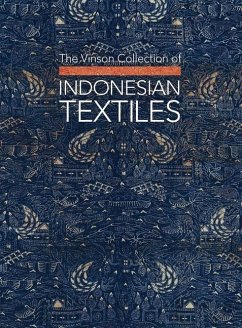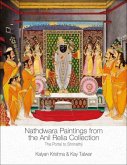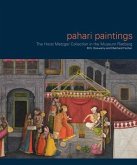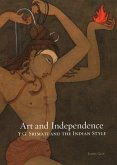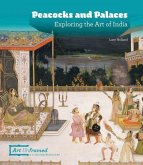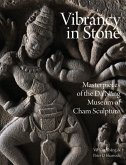The textiles here have been organized by several broad categories, beginning with type, and then by area of origin, dating and style. First are ikats and prints from India: the ikats woven in silk as "double ikats" and known as patola, and two prints that are cotton chintz. Though made in India, these textiles were all found in Sumatra, with the patola being highly-prized heirlooms used ceremonially, and the prints being used widely in trade across Indonesia from Sumatra to the Eastern Islands. Next are ikats and other woven textiles organized by origin, moving West to East, from Sumatra to Borneo, Sulawesi, Bali, and Timor. For all of these pieces, the material was hand spun or commercial cotton, silk, or sometimes a mixture of the two. Lastly are batiks, mostly from Java. The first three are the oldest batiks in this collection, each of which has been analyzed by radiocarbon dating and found to originate in the 17th and 18th centuries, respectively. These batiks are made on hand spun cotton. The batiks here are from Sumatra and Java (the great mother-temple of batik artistry), ranging in age, after the proto-batiks described above, from the early 19th century to mid-20th century. They vary in style from the most traditional, including those distinctive in color and pattern from the kratons (palaces) of the sultans, Indian influences from chintz and other Indian imports, to Chinese-inspired depictions of animals, insects, plants and flowers, to French-inspired Art Nouveau mostly via Batik Belanda. This collection of Indonesian textiles and some related Indian textiles that were popular and influential in Indonesian usage and design came together in a series of collecting periods spanning nearly 40 years.
Bitte wählen Sie Ihr Anliegen aus.
Rechnungen
Retourenschein anfordern
Bestellstatus
Storno

